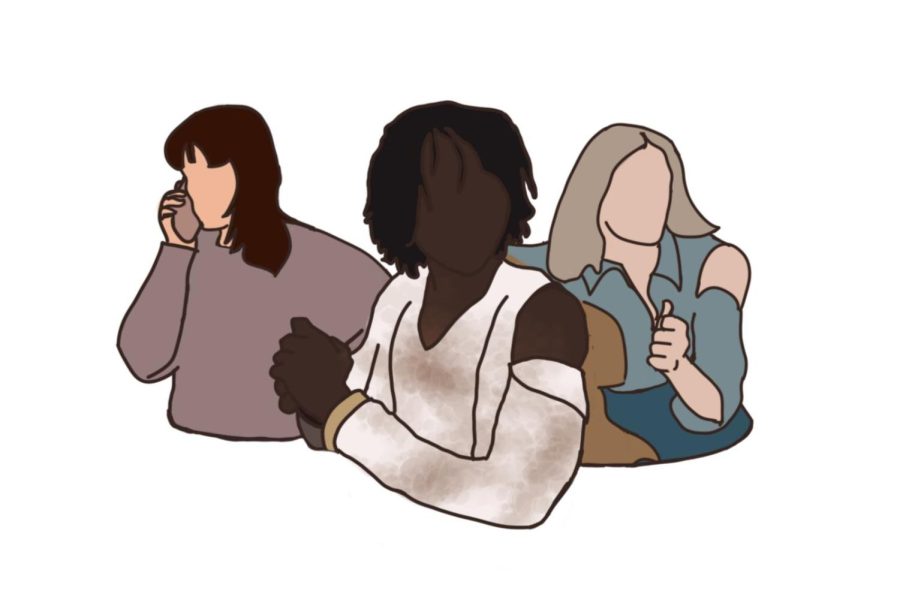The “Final Girl” is another way to refer to a female survivor in a horror or slasher movie. The story is being told from her perspective and often, she is the one to defeat the killer. This trope began to grow when the horror genre was gaining more recognition in the 1970s due to it being a new way to present a story to audiences and it still continues to thrive in today’s society.
When this trope began it sounded progressive, women led these stories and were becoming the faces of horror and while that sounds great, the women in this trope had to meet certain qualifications. An example of this is Laurie Strode, portrayed by Jamie Lee Curtis, from “Halloween.” Laurie was different from her friends, she was introverted, modest, and light hearted. These traits are often found in final girls like Sally Hardesty, portrayed by Marilyn Burns, Mari Collingwood, portrayed by Sandra Peabody, or Alice Hardy, portrayed by Adriennne King. As the trope continued to use the qualifications, horror movies began feeling repetitive and suspense was lacking because it was obvious if a character was going to be the last one standing since she fit all the “final girl” characteristics. It seemed as if the writers put no effort into making these women interesting. These characters had so much potential to be their own person and stand out from one another, giving each story a fresh point of view. But the writers chose to stop at the bare minimum of having a female lead that outlives everyone.
Yet, the1996 “Scream” character Sidney Prescott, portrayed by Neve Campbell, truly shifts this stereotype. Sidney was a final girl that was really needed in order to prove that a final girl can be complex and can be more than the timid characteristics. The final girl does not just have to be that quiet girl next door. She truly stood out from the others, especially in one scene where she pushed a tv on the killer while it was playing a scene from “Halloween” showing Laurie Strode hiding. Laurie is considered one of the first final girls, essentially meaning that she was a major contributor to the trope’s stereotypes, so Sidney pushing the TV was a way of saying that the standards of this trope are not necessary in order to survive. The film “Scream” was in a way spoofing the genre while taking part in it by being incredibly self aware and essentially telling the film industry to do better in horror and slasher movies.
As the horror genre progressed, the qualifications of a “final girl” died down, which gave these characters a chance to be more complex. In “Us,” the final girl Adelaide Wilson, portrayed by Lupita Nyong’o, can be viewed as an antagonist since in the end it is revealed that she was technically responsible for the murders that occurred throughout the movie. In “Fear Street Part Two: 1978,” it was teased that the final girl would be Cindy Berman, portrayed by Emily Rudd, who met the trope’s qualifications, only to kill her off. For the most part, the “final girl” stereotype is non-existent now and the only rule to being the “final girl” is to just be the last woman standing. These characters do not need to check certain boxes in order to survive and can have a complex storyline that is prominent throughout the movies, not just the copy and pasted women.


